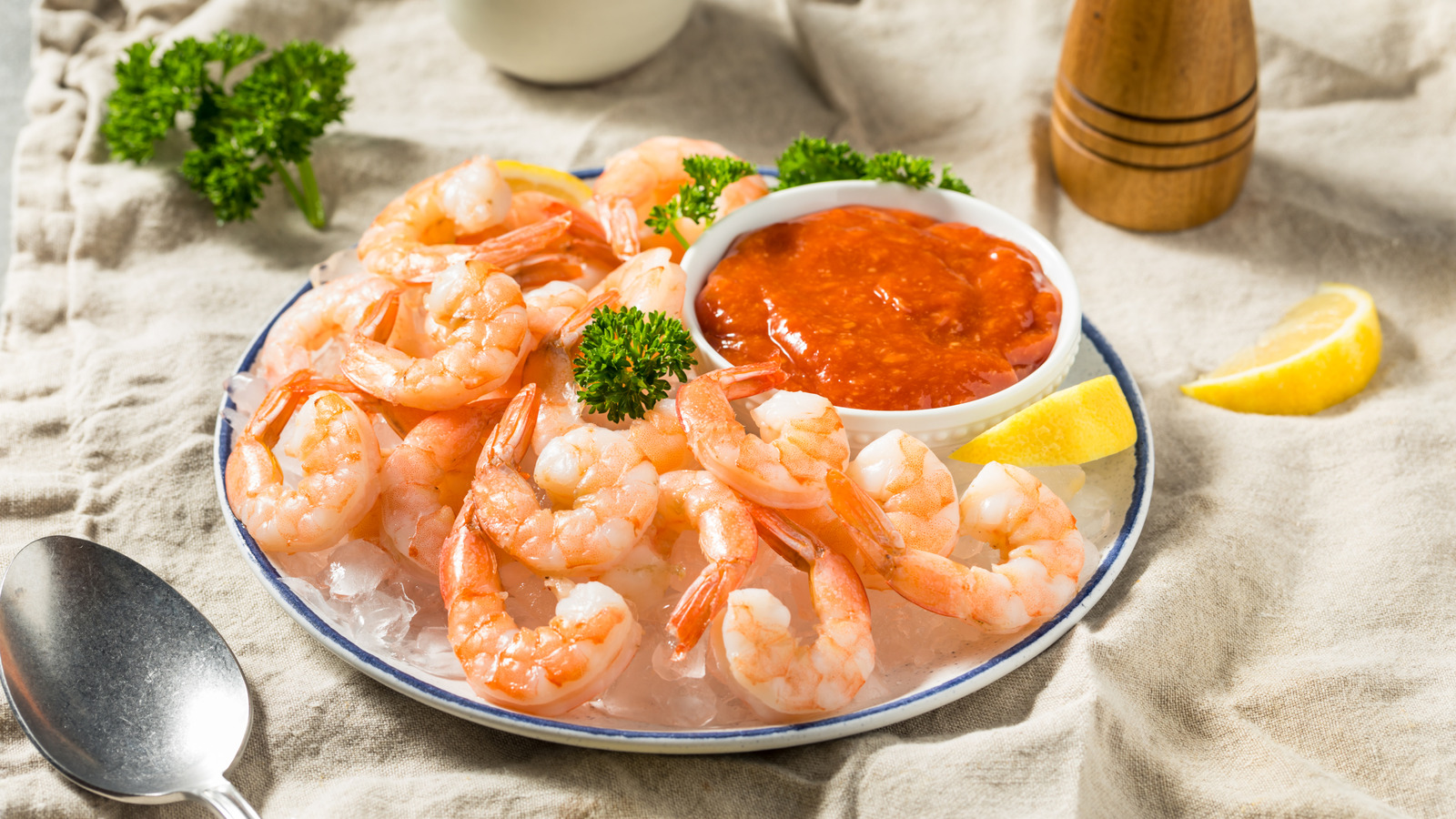
"Leaving the tails on also eliminates the risk of getting sauce on your fingers, or, conversely, accidentally sticking your fingers into the communal dipping sauce. This applies to fried, breaded, or coated shrimp as well, as the tails prevent diners from touching the breading or getting their fingers greasy. Whenever you do serve shrimp with the tails still intact, it's important to leave a small bowl or vessel alongside the shrimp so guests can discard their tails."
"You should never remove shrimp tails before you cook them, with one exception. In contrast to shrimp meant for dipping, if you're serving shrimp in a dish that requires utensils to eat rather than fingers, it's best to completely remove all of the shell - including the tail - for ease of eating, like in a shrimp scampi pasta or a shrimp ceviche."
Leave shrimp tails on when serving shrimp meant for dipping to provide a convenient handle, protect diners' fingers from sauce, and add visual contrast with the colorful tails. Keeping tails on also helps prevent diners from touching breading or getting grease on their hands for fried or coated shrimp. Provide a small bowl for discarded tails and cocktail napkins for residual moisture. Never remove tails before cooking except when serving shrimp in dishes eaten with utensils; in those cases remove all shells, including tails, for easier, cleaner eating.
Read at Tasting Table
Unable to calculate read time
Collection
[
|
...
]